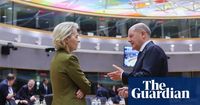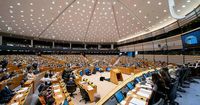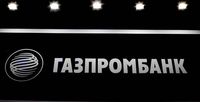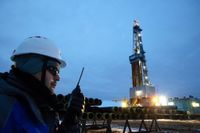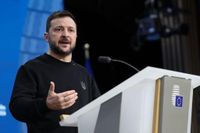In recent days, significant developments surrounding the enforcement of sanctions against Russia have become evident, illustrating a growing rift in the international approach to combating the ongoing conflict in Ukraine.
European officials have expressed concern, stating that the U.S. under the Trump administration has notably reduced its engagement in efforts to enforce sanctions against Russia, while simultaneously advocating for an end to the war in Ukraine. A U.S. commitment that seems to be lacking, the officials reported, has resulted in a noticeable absence from collaborative working groups designed to counteract sanctions evasion methods employed by the Kremlin.
On March 12, 2025, the U.S. Treasury Department allowed a Biden-era sanctions waiver—General License No. 8L (GL 8L)—to expire. This waiver was crucial as it previously permitted energy-related payments to sanctioned Russian banks, effectively easing some financial restrictions placed on the Kremlin. Analysts have noted that the lapse of this waiver marks a significant tightening of existing sanctions aimed at Russian energy exports.
Back in February 2022, following the invasion of Ukraine, President Biden's administration implemented a series of sanctions aimed at crippling Russia’s military financing capabilities. However, exemptions were included to allow energy payments to ensure the global oil markets did not experience spikes in prices, which could, in turn, adversely affect American consumers. This decision drew criticism, especially as energy revenues continued to flow into Russia, bolstering its war machine.
As the impacts of the war unfold, statistics reveal that Russian oil shipments initially dropped by 15% but later rebounded to pre-invasion levels, demonstrating the challenges of fully sanctioning a resilient energy sector. Furthermore, as of December 2022, China and India accounted for 47% and 38% of all Russian crude exports, respectively. Worryingly, both countries have heavily engaged with so-called “Shadow Fleet” vessels—international tankers operating under dubious flags to bypass sanctions.
In light of the termination of GL 8L, buyers of Russian oil, particularly in Asia, now face increased sanctions risks, which could severely limit the options available for acquiring Russian crude. Recent actions from India signify a willingness to comply with U.S. restrictions, as it has denied entry to sanctioned tankers. They are also following China, which has banned U.S.-sanctioned vessels from its ports.
Meanwhile, discussions among EU leaders, apart from Hungary's Prime Minister Viktor Orbán, have highlighted a growing consensus on increasing sanctions pressure against Russia. In a recent summit with Ukrainian President Volodymyr Zelenskyy, EU members agreed on the need to solidify existing measures and support Ukraine in its defense against Russian aggression.
During this meeting that occurred on March 20, 2025, Zelenskyy was adamant, stating, “Sanctions must remain in place until Russia starts withdrawing from our land and fully compensates for the damage caused by its aggression.” However, Orbán's reluctance to adopt a unified EU stance against Russian aggression has raised concerns about the bloc's effectiveness in sanction enforcement, even as Zelenskyy urged unity and resolve against Russian military efforts.
These matters come against a backdrop of internal EU conversations regarding Europe's military responsibilities, particularly as key nations like France, Germany, and the UK strategize on shifting more defense burdens to European capitals over the next five to ten years. The French President, Emmanuel Macron, emphasized a new “Buy European” policy, which aims to bolster the continent’s defense industrial base.
The EU’s military support to Ukraine has faced hurdles, exemplified by a failed €40 billion plan that struggled to gain traction with major member states. As a result, Kaja Kallas, the EU's foreign policy chief, has adjusted the initiative, now requesting EU member states to provide two million shells worth €5 billion to support Ukraine’s military endeavors.
In response to the rising tensions and potential threats posed by Russia, ongoing talks are regarding an ambitious €800 billion plan aimed at ensuring European deterrence against future aggressors by 2030. Yet, serious divisions among member states about defense spending indicate that the road to achieving these goals is fraught with challenges.
As NATO's former Secretary General Jens Stoltenberg noted amid these discussions, the uncertainty surrounding U.S. commitment to NATO must not serve as an excuse to diminish European defenses. Rather, it should inspire European nations, alongside Canada, to bolster their contributions to maintaining NATO’s integrity.
As the geopolitical landscape shifts, the conversations surrounding sanctions on Russia, the energy sector's resilience, and the future of European defense capabilities underscore the complexity of tackling the multifaceted challenges posed by Moscow. The stakes continue to rise, as leaders strive to unify their responses to safeguard both European integrity and the stability of global energy markets.
